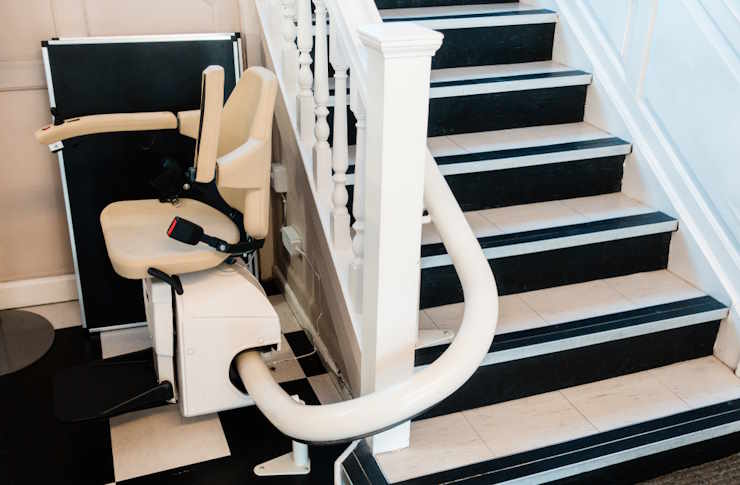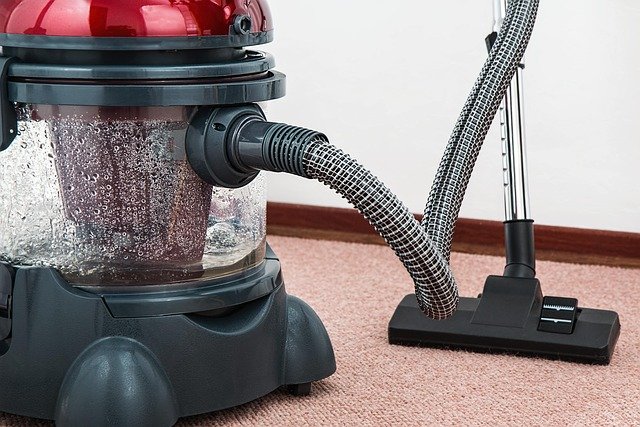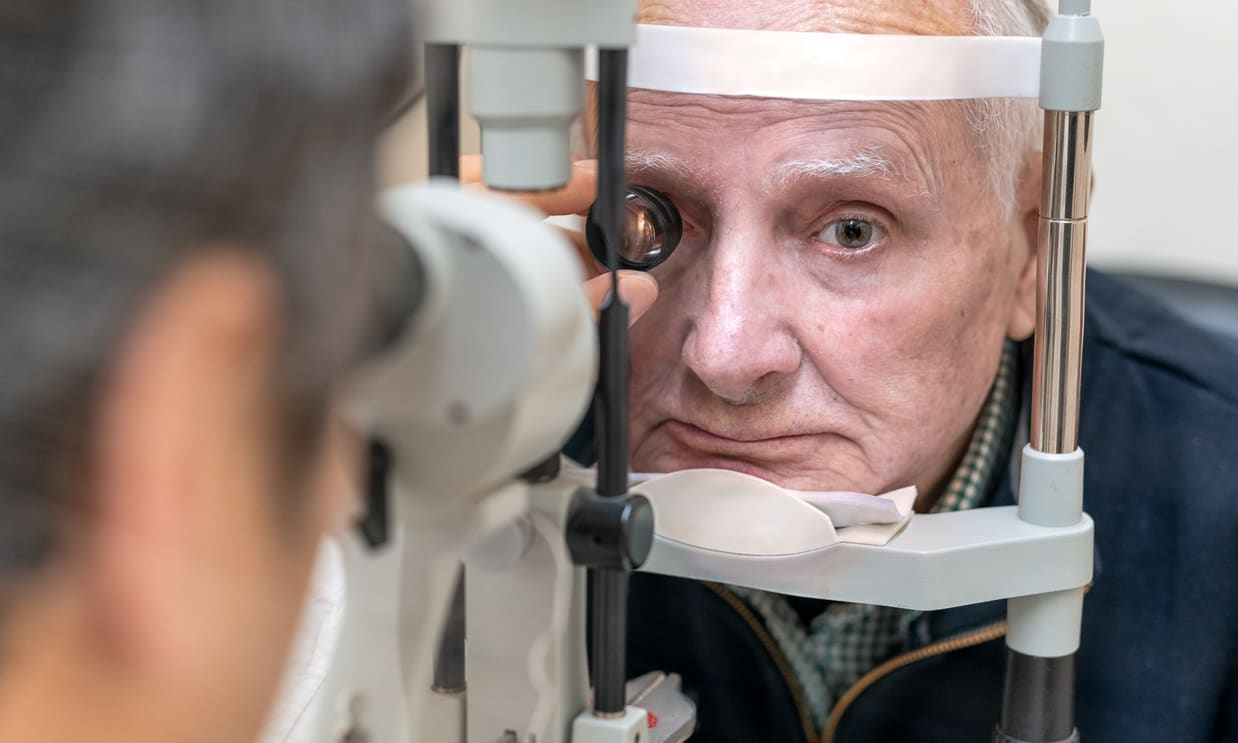Enhancing Mobility at Home: How Stairlifts Provide Safe and Comfortable Access
For individuals with mobility challenges, navigating stairs can be a daunting and potentially dangerous task. Stairlifts offer a practical solution, providing safe and comfortable access to different levels of a home. These innovative devices not only enhance independence but also significantly improve the quality of life for those who struggle with stairs. Let's explore how stairlifts are revolutionizing home accessibility and the various options available to suit different needs and preferences.

What exactly is a stairlift and how does it work?
A stairlift is a motorized chair or platform that moves along a track installed on a staircase. It’s designed to transport individuals up and down stairs safely and comfortably. The device consists of a seat, footrest, and armrests, all mounted on a rail system. Users can easily control the stairlift’s movement using a joystick or push-button control. Most modern stairlifts are powered by rechargeable batteries, ensuring operation even during power outages.
Who can benefit from installing a stairlift at home?
Stairlifts are ideal for a wide range of individuals, including:
-
Elderly people with reduced mobility
-
Individuals with disabilities or chronic conditions affecting movement
-
Those recovering from surgery or injury
-
People with balance issues or fear of falling on stairs
-
Caregivers who assist individuals with mobility challenges
By providing a safe means of accessing different floors, stairlifts enable people to remain in their multi-story homes longer, avoiding the need for costly relocations or home modifications.
What types of stairlifts are available for different staircase configurations?
Stairlifts come in various designs to accommodate different staircase layouts:
-
Straight stairlifts: For straight staircases without turns or landings
-
Curved stairlifts: Custom-made for staircases with bends, curves, or multiple landings
-
Outdoor stairlifts: Weather-resistant models for exterior stairs
-
Standing stair lifts: For those who have difficulty sitting or prefer to stand
-
Mini stair lifts: Compact designs for narrow staircases or limited spaces
Each type offers unique features to ensure a perfect fit for your home’s specific architecture and your personal needs.
How does a standing stair lift differ from a traditional seated model?
A standing stair lift is an innovative variation of the traditional seated stairlift. Instead of a chair, it features a small platform or perch seat that allows the user to stand or lean while being transported up or down the stairs. This design is particularly beneficial for:
-
Individuals with knee or hip problems that make sitting uncomfortable
-
Those who have difficulty transitioning from a seated to standing position
-
People with limited flexibility or range of motion
-
Situations where space is at a premium on the staircase
Standing stair lifts offer the same safety features as seated models, including seatbelts or harnesses, and are equipped with non-slip surfaces to ensure stability during use.
What are the key considerations for stairlift installation?
Stairlift installation is a critical process that ensures the device’s safety and functionality. Here are some important factors to consider:
-
Professional assessment: A trained technician should evaluate your staircase and discuss your specific needs.
-
Staircase measurements: Precise measurements are crucial for proper fit and operation.
-
Power source: Ensure a nearby electrical outlet is available for charging the stairlift.
-
Safety features: Look for models with obstruction sensors, swivel seats, and easy-to-use controls.
-
Building codes: Verify that the installation complies with local building regulations.
-
Maintenance plan: Regular servicing ensures long-term reliability and safety.
Professional stairlift installation typically takes a few hours and causes minimal disruption to your home.
How much does a stairlift cost, and what financing options are available?
The cost of a stairlift can vary significantly based on several factors, including the type of stairlift, staircase configuration, and additional features. Here’s a general overview of stairlift costs and some popular providers:
| Stairlift Type | Provider | Cost Estimation |
|---|---|---|
| Straight Stairlift | Acorn Stairlifts | $3,000 - $5,000 |
| Curved Stairlift | Stannah | $10,000 - $15,000 |
| Outdoor Stairlift | Bruno | $5,000 - $8,000 |
| Standing Stair Lift | AmeriGlide | $3,500 - $6,000 |
| Mini Stair Lift | Handicare | $2,500 - $4,000 |
Prices, rates, or cost estimates mentioned in this article are based on the latest available information but may change over time. Independent research is advised before making financial decisions.
Many providers offer financing options, including monthly payment plans or rental programs. Additionally, some insurance plans or government assistance programs may cover part of the cost, especially if the stairlift is deemed medically necessary. It’s worth exploring these options to make the investment more manageable.
In conclusion, stairlifts offer a transformative solution for enhancing mobility and independence at home. With a range of options available, from traditional seated models to innovative standing and mini stair lifts, there’s a solution to fit nearly every home and individual need. By carefully considering your specific requirements and working with reputable providers, you can find a stairlift that provides safe, comfortable access to all levels of your home, significantly improving your quality of life.




